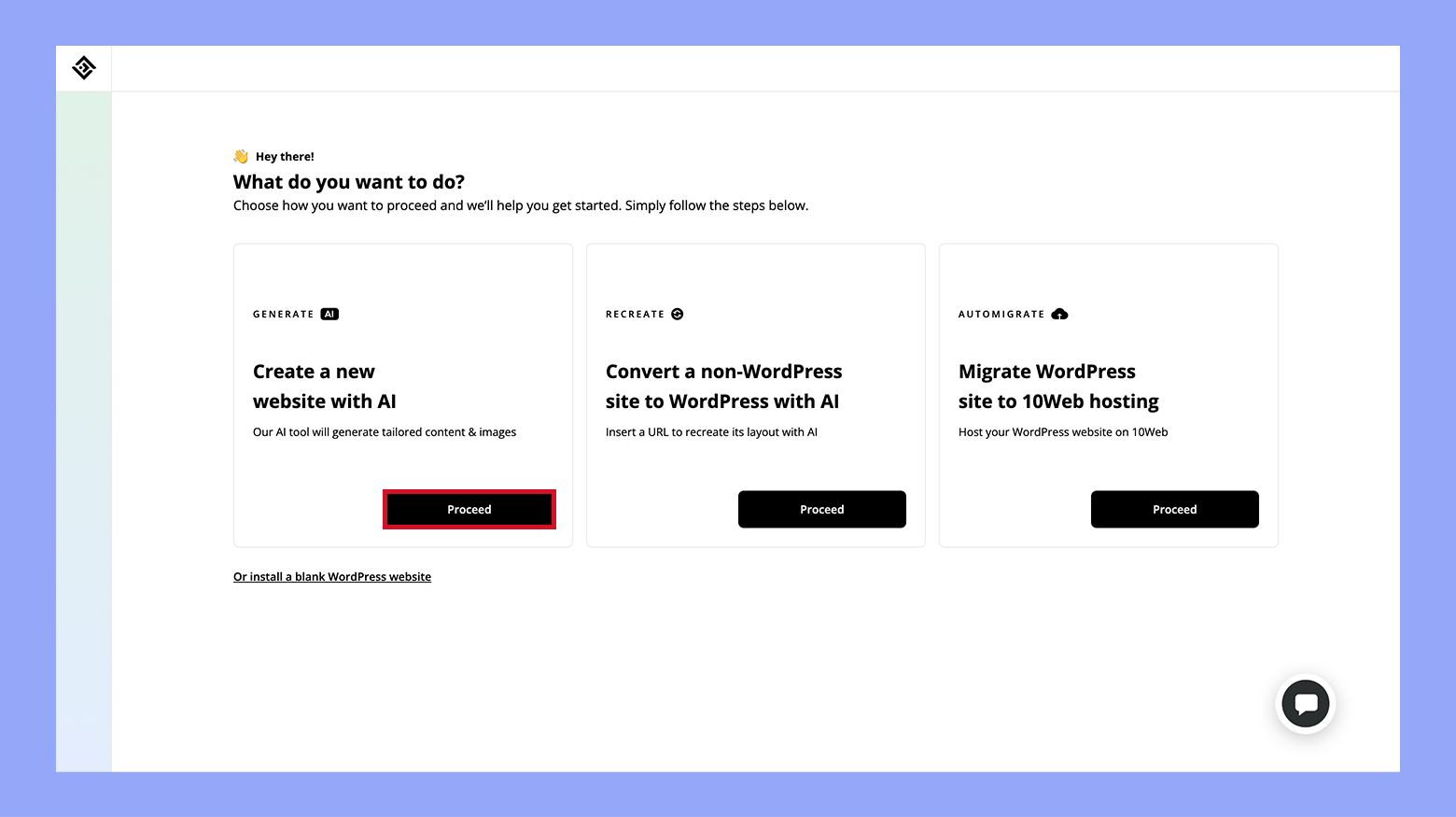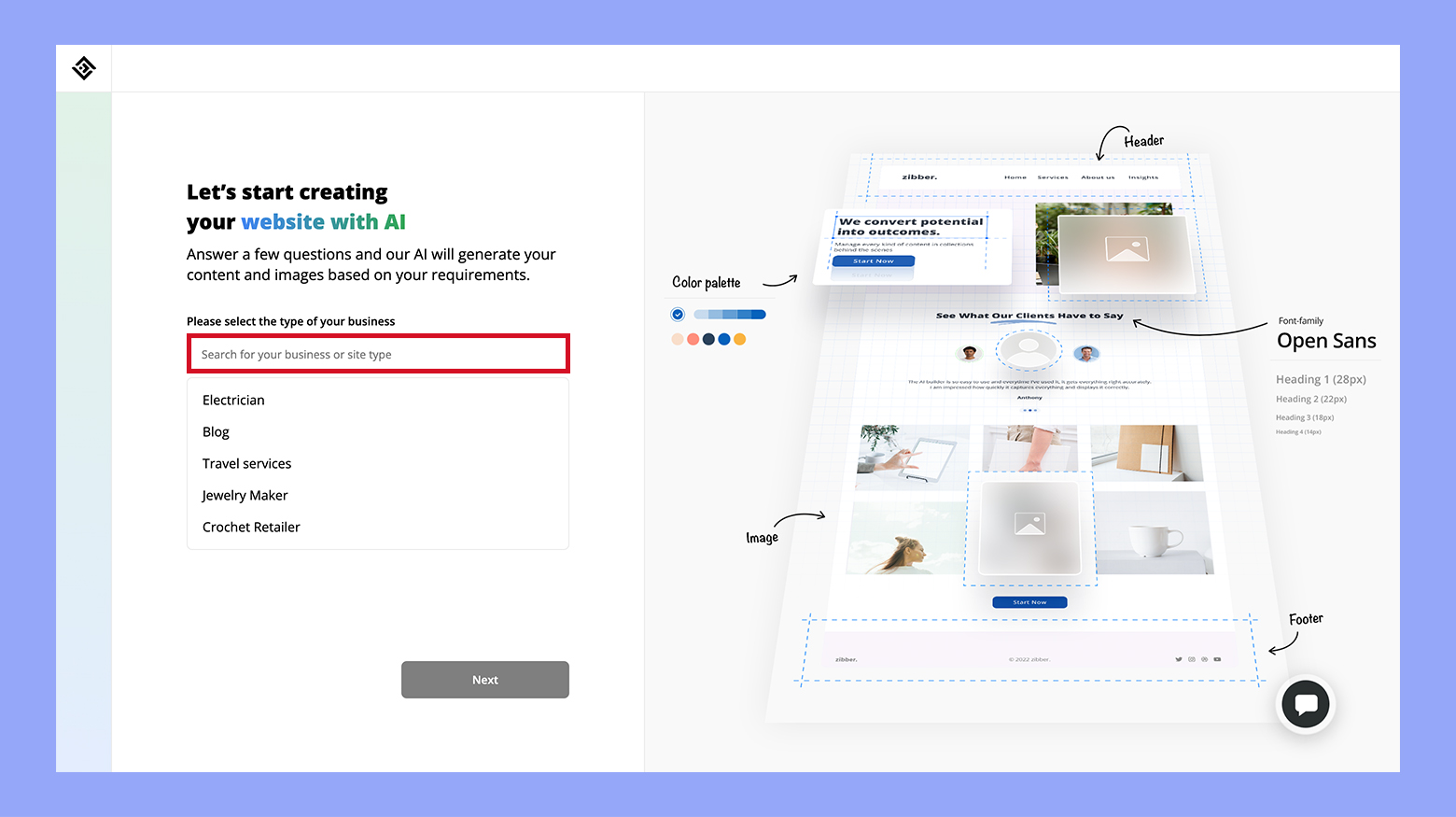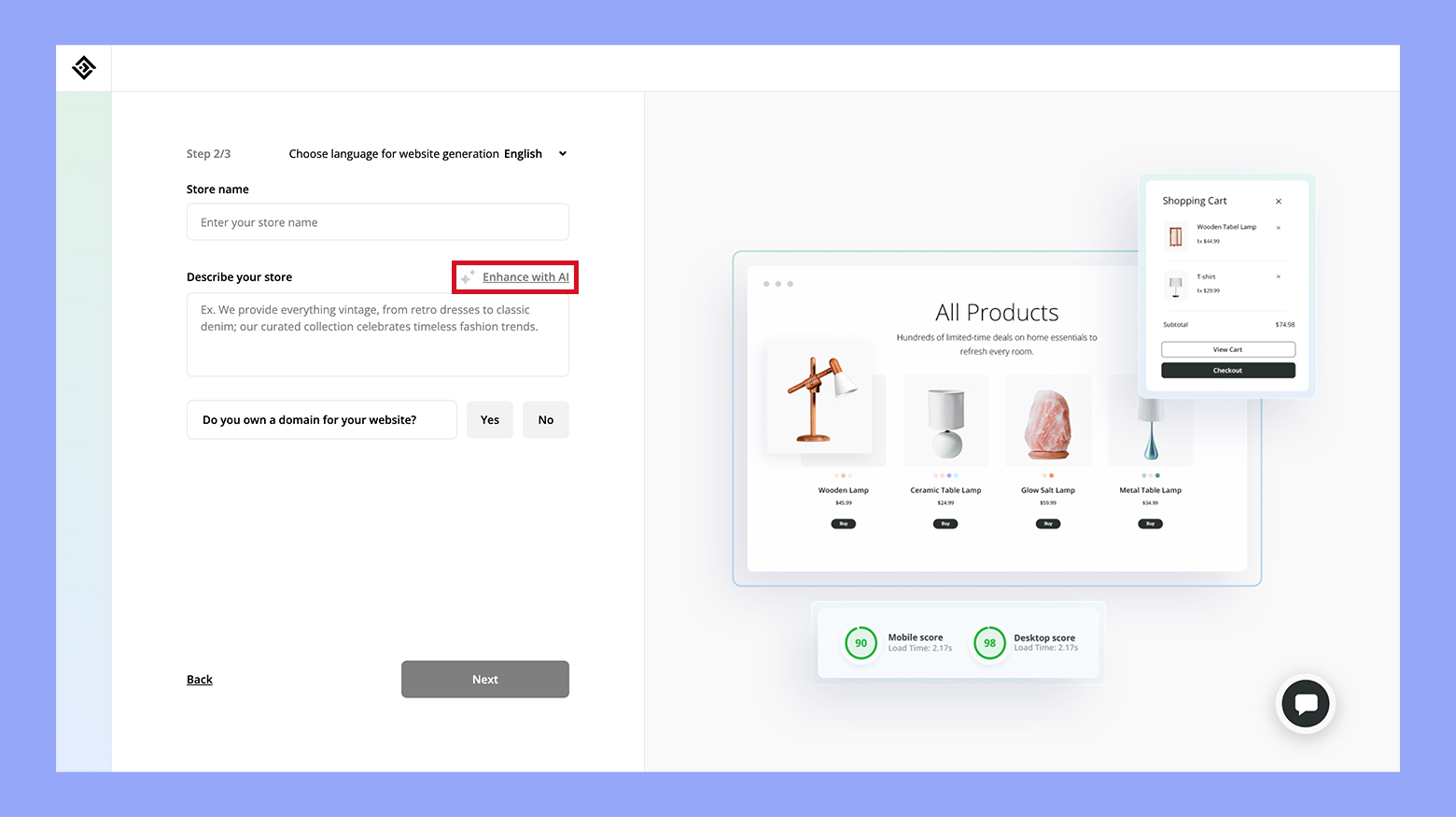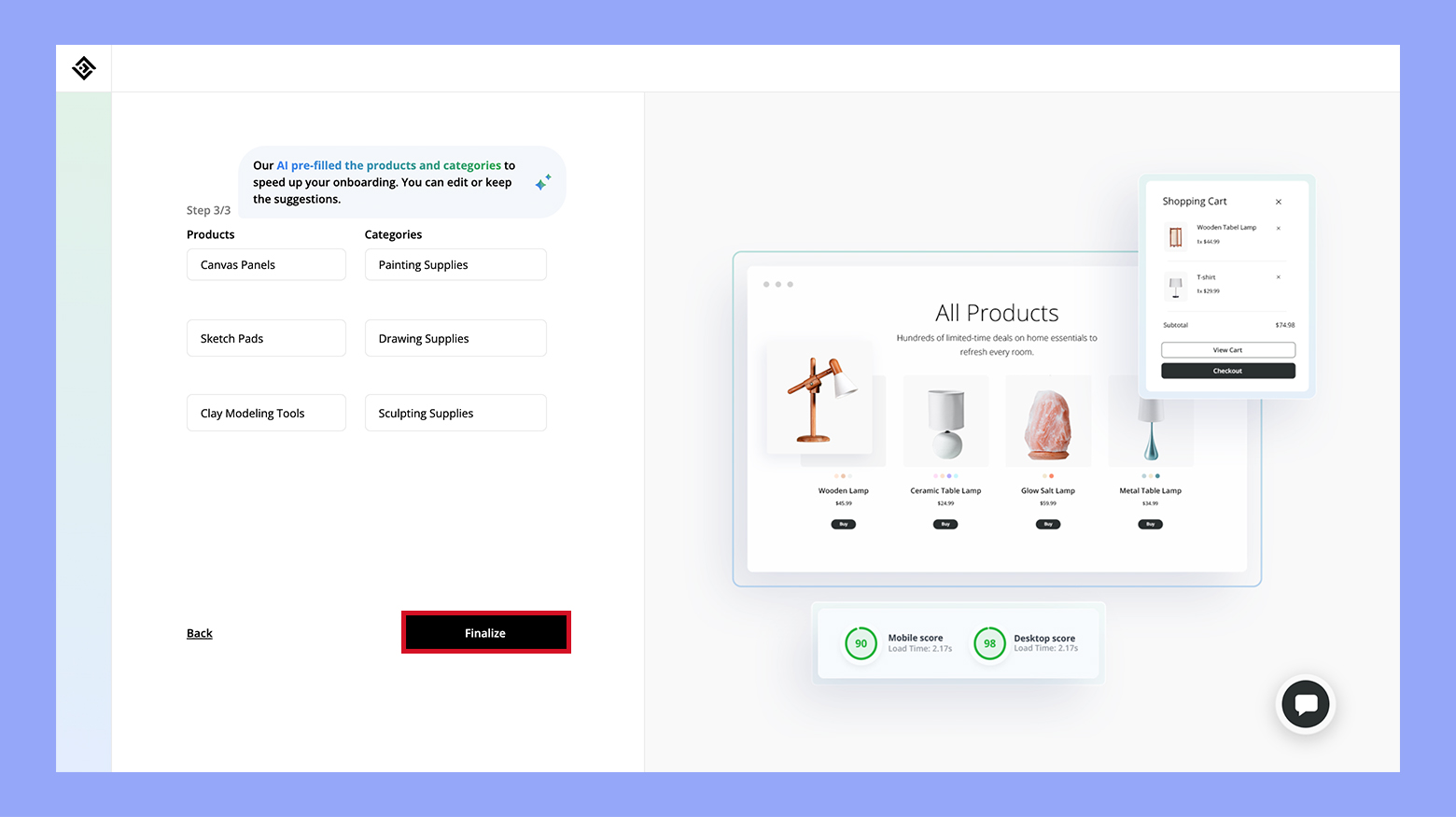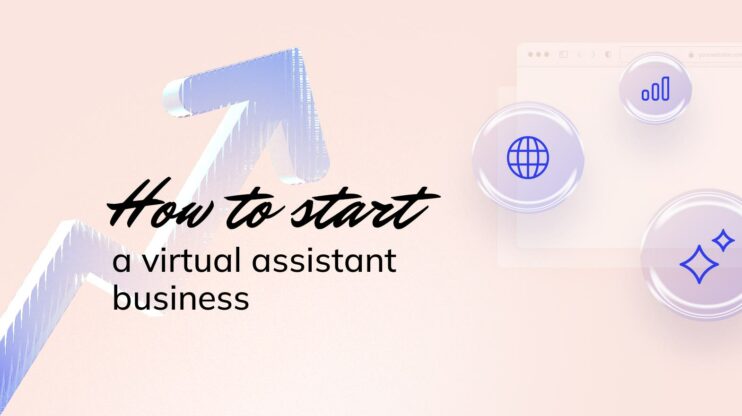Understanding how to start a travel business involves several crucial steps, from developing a solid business plan and handling legal requirements to conducting market research and building a strong brand. This guide will walk you through the foundational stages of starting a travel agency, ensuring you have a robust base for your business. By carefully planning each step, you can set your travel business up for success and navigate the complexities of the travel industry with confidence.
FAQ
How to start a travel startup?
Is it a good idea to start a travel agency?
Is a travel company profitable?
Stage 1: Laying the foundation
Starting a travel agency involves crucial steps like developing a business plan, handling legal requirements, understanding the market, choosing your target, learning about finances, building a brand and more. These steps ensure your travel business has a strong base.
Step 1: Develop a business plan
Creating a well-thought-out business plan is essential. A detailed business plan outlines your goals, target audience, revenue streams, and marketing strategies. It provides a roadmap for your travel business.
Start with market research to understand your competition and potential customers. Include a financial plan that covers startup costs, pricing strategies, and projected income. Address how you’ll handle operations, from booking systems to customer service.
A solid business plan can help attract investors and secure funding. It’s also useful for guiding your decisions as you grow your travel agency.
Step 2: Legal considerations
Before starting a business, it’s important to address all legal aspects. First, choose a business structure, like a limited liability company (LLC), to protect your personal assets.
You’ll need to register your company name and obtain an Employer Identification Number (EIN) from the IRS. Depending on your location and the specific services you offer, you might need certain licenses or permits.
Make sure to familiarize yourself with legal requirements in the travel agency industry, including any regulations regarding booking and selling travel packages. Proper legal setup ensures you operate your travel business smoothly and compliantly.
Step 3: Research travel market
Market research is a fundamental step in starting your travel business. It involves gathering data on the travel industry, including trends and demand for travel. Use tools like surveys, questionnaires, and industry reports to collect information.
Analyze data to understand which travel destinations are popular and what kind of travel experiences people are looking for. Pay attention to emerging markets and changes in travel behavior. For example, more people might be interested in eco-friendly travel or adventure travel lately.
Staying informed about the latest trends helps you tailor your services to meet current demands and anticipate future ones.
Step 4: Identify your target market
Determining your target market helps you focus your business efforts on the right audience. Consider demographics like age, income, and travel preferences. A younger audience may prefer budget travel and adventure trips, while older clients might look for luxury and comfort.
Segment your market by identifying unique needs and preferences. For instance, families might look for kid-friendly destinations, while solo travelers might be interested in unique, off-the-beaten-path locations.
Understanding the specific needs of your market allows you to offer customized services that cater to those preferences, making your business more appealing to potential customers.
Step 5: Analyze competitors
Understanding your competitors is crucial for developing a competitive strategy. Start by identifying other travel businesses that target the same market. Look at what services they offer, their pricing, and how they attract and retain customers.
Check their online presence, reviews, and customer feedback to understand their strengths and weaknesses. This can reveal gaps in the market that your business can fill. For example, if competitors lack eco-friendly options, you could focus on sustainable travel.
Create a competitive analysis chart to compare key aspects of your business with others. This will help you position your travel agency to stand out in the travel market.
Step 6: Calculate startup costs
Understanding your startup costs helps you forecast the capital needed to launch your travel agency. Begin by listing all necessary expenses such as business registration fees, office rent, furniture, and initial advertising costs.
You’ll also need to account for technology investments, including a website and accounting software. A typical travel agency might require around $10,000 to $50,000 to start, depending on its scale and location.
Clearly categorizing one-time costs and ongoing expenses is vital. Create a detailed table to track these costs:
| Expense Type | Estimated Cost |
| Registration | $500 |
| Office Rent | $2,000/month |
| Furniture | $1,500 |
| Website Setup | $2,000 |
| Marketing | $1,000 |
| Accounting software | $300 |
Step 7: Explore financing options
Securing the necessary capital is essential. Explore different financing options to meet your startup needs. One option is a small business loan from a bank, which offers structured repayment terms. Look into grants for new businesses; these provide funds without repayment requirements.
Investment partners can also provide capital in exchange for equity. Crowdfunding platforms allow you to raise small amounts of money from many people. Personal savings and family loans are less formal options but involve personal risk.
Carefully assess each option’s interest rates, repayment terms, and potential impact on your business.
Step 8: Budgeting and accounting
Effective budgeting and accounting ensure financial stability. Open a business bank account to separate personal and business finances. Use accounting software to keep track of income, expenses, and profit margins.
Monitor revenue streams such as booking fees and commissions. Regularly analyze your gross margin (revenue minus costs) to ensure your business stays profitable. Set aside funds for taxes and unexpected expenses.
Plan for annual growth by setting clear financial goals. Keep track of your annual growth rate and make adjustments as needed to ensure steady progress. Regularly reviewing your financial statements will help you make informed business decisions.
Step 9: Choose a catchy name
Selecting a memorable and unique name for your travel business is crucial. Your company name should reflect your niche and be easy to remember. Avoid long or complex names that are hard to spell or pronounce. Consider a name that evokes a sense of adventure or luxury, depending on your target market. Before finalizing your name, check for domain availability and ensure it’s not already in use by another business.
A great name can set the tone for your brand and make a lasting impression on customers.
Step 10: Design your logo
A logo is a visual representation of your brand. It should be simple yet expressive. Use colors that align with your brand identity and are pleasing to the eye. Think about how your logo will look in different sizes and formats, from business cards to your website.
Hire a professional designer if possible, as they can translate your ideas into a polished design. Tools like Canva can also help if you’re on a budget. Remember, your logo is one of the first things people will notice about your business, so it should leave a positive impact.
Stage 2: Setting up shop
When setting up your travel business, focus on key areas: a solid operational setup, seamless management, legal and insurance compliance, and strong client relations.
Step 1: Office location and infrastructure
When starting your travel business, choosing the right office space is crucial. If you plan to run a physical location, find a spot with good foot traffic. Retail spaces near busy areas can attract more clients.
Ensure the office is equipped with reliable infrastructure. This includes desks, chairs, high-speed internet, and computers. Phone systems are necessary for communicating with clients and suppliers. An integrated Customer Relationship Management (CRM) tool helps manage customer interactions and data efficiently.
Step 2: Technical setup
Your travel business needs a robust technical foundation. Start with travel booking software to handle reservations. Software options like Amadeus or Sabre can streamline the booking process.
A CRM system helps you track customer preferences and maintain strong client relationships. You’ll also need a website for online presence. Platforms like 10Web and WordPress allow you to build user-friendly sites without coding skills.
Finally, ensure data security is a priority. Use strong passwords and keep software updated to protect client information. This setup will help your business run smoothly and grow over time.
Step 3: Hiring employees
Finding the best travel agents and employees is essential for your business. You’ll want to look for candidates with strong customer service skills and experience in travel planning. Job postings should list specific duties like booking travel, handling customer inquiries, and managing itineraries.
Interviews should focus on assessing their ability to deal with customer issues and their knowledge of travel products. Once hired, employees should go through training programs to learn your systems, policies, and preferred suppliers.
Consider working with a host agency to provide additional training resources and industry connections. This can help get your employees up to speed quickly and ensure they have the tools they need to succeed.
Step 4: Crafting operations policies
Creating well-defined operations policies can guide your daily activities and improve efficiency. You need to develop standard operating procedures (SOPs) for booking, customer service, and emergency situations. These procedures help ensure consistent service quality and quick problem resolution.
Clearly outline refund and cancellation policies to avoid confusion and disputes with clients. Your policies should also address data privacy and compliance with travel regulations.
Additionally, establish communication guidelines for how your employees should interact with customers, suppliers, and each other. Regularly review and update these policies to keep them relevant and effective.
Step 5: Establishing supplier relationships
Strong supplier relationships are crucial for offering competitive travel packages. Start by identifying key suppliers like airlines, hotels, and tour operators that align with your business goals.
Negotiate partnership agreements to secure better rates and exclusive deals for your clients. These agreements often benefit both parties by increasing business and providing unique offerings.
Attend industry events and join professional organizations to network with potential suppliers. Use these opportunities to build rapport and stay informed about new products and trends. Keeping a diverse supplier list ensures you can offer a wide range of options to your clients, adding value to your services.
By hiring skilled employees, setting clear policies, and building strong supplier relationships, your travel business will be well-prepared to thrive.
Step 6: Understanding licensing
To legally operate a travel business, you must obtain the appropriate licenses.
First, determine the required business licenses for your specific location. These licenses can vary greatly depending on where you plan to run your agency.
Next, you might need a business license which is essential for legal recognition and operation. You will often need to register your business name with local authorities.
In some regions, you may also need a travel agent license or to register with state-specific travel agencies or tourism boards.
Establishing your agency as a legal entity, such as an LLC or corporation, can offer legal protection and tax benefits. Make sure to register for taxes by obtaining an EIN from the IRS if you’re in the United States. This helps ensure compliance with tax laws and allows you to hire employees as needed.
Step 7: Getting insured
Getting the right insurance is crucial for protecting your travel agency from potential risks.
First, you need business insurance to cover general liability. This protects your company from financial loss due to accidents, damage, or legal issues.
Consider professional liability insurance to cover mistakes or negligence claims that could arise from your travel advice or services. This type of insurance is also known as errors and omissions insurance.
Travel insurance for your clients is another essential coverage. While not directly a requirement for your business license, offering travel insurance to your clients protects them against trip cancellations, medical emergencies, and other unforeseen events.
Lastly, ensure you have employee insurance if you hire staff. This includes workers’ compensation insurance, which is often legally mandated to cover any workplace injuries or illnesses.
Together, these licensing and insurance steps help safeguard your travel business and ensure you’re operating within legal requirements.
Step 8: Enhancing customer service
Delivering excellent customer service is essential to gaining client trust. Listen carefully to your client’s needs and preferences. Respond promptly to inquiries and be available to solve issues quickly. Personalizing their travel experience can make a significant difference. Use their name regularly and make a note of their favorite destinations or travel styles.
Technology can play a huge role here. Utilize CRM tools to keep track of each client’s history and preferences. This not only makes interactions smoother but also helps in suggesting personalized travel packages later. Also, Offer 24/7 support where possible, as travel plans can change at any time.
Step 9: Cultivating repeat business
Engaging with clients even after their trip can help in cultivating repeat business. Send thank you messages and follow-up emails to get feedback. This shows that you value their opinion and are committed to improving your services.
Create loyalty programs that reward frequent clients with discounts or special offers. Build a community by hosting travel events or creating an online group where clients can share their travel stories and tips. Ensure to stay in touch with regular updates about new destinations, travel deals, and personalized offers based on their previous trips.
Personal relationships and consistent engagement are key to making clients come back to you for their next adventure.
Stage 3: Marketing and growing your travel services
To market your travel services, start with a website. Use social media, run email campaigns, and invest in advertising to build brand awareness and attract customers. For additional growth, tap into specialized travel markets and apply the same strategies. Let’e learn.
Step 1: Design your website
Your website is a crucial part of your brand; it should be user-friendly, visually appealing, and informative. Creating an online platform for your travel business using 10Web is both simple and efficient, ensuring that your website meets these essential criteria.
You can start in one of two ways:
- Clone an existing website: Provide 10Web AI Website Builder with a URL of a design you admire, and it will produce a similar site.
- Build from the beginning: Respond to a few questions about your business to generate a website from scratch.
For this demonstration, we’ll use the second method:
-
- Visit the 10Web Website Builder page and select Generate your website.

- Choose Proceed to create a new website with AI.

- Specify your business type.

- Provide your business name and description. Utilize the Enhance with AI tool if necessary.

- Opt for Yes to get a domain or click No if you already have one.
- Enter information for your first three services and categories. AI will pre-fill them, allowing you to edit or accept the suggestions. Click Finalize when done, and wait for 10Web to create your site.

- Once your site is ready, preview it and make any required adjustments using the tools provided by 10Web.
- Visit the 10Web Website Builder page and select Generate your website.
Ensure your website is mobile-friendly, as many users will access it from their phones. Use professional content writing services if needed to make sure your content is both engaging and error-free. Also, don’t forget to include clear call-to-action buttons like Book Now, Contact Us, or Learn More.
Step 2: Leverage social media
Use platforms like Facebook, Instagram, and Twitter to showcase your travel services. Share stunning pictures of destinations, customer experiences, and travel tips. Engage with your audience by responding to comments and messages promptly.
Create events or groups related to travel. For example, host a live Q&A session or a virtual travel tour. Collaborate with travel influencers who can promote your services to their followers.
Run targeted ads on these platforms to reach specific demographics. Facebook Ads Manager, for example, lets you create ads aimed at travelers in certain age groups, locations, or with specific interests.
Step 3: Email marketing campaigns
Build an email list by offering value, like a free travel guide. Regularly send out newsletters filled with travel tips, destination guides, and special offers.
Ensure your emails are visually appealing and mobile-friendly. Include eye-catching images and clear calls-to-action, like Book Now or Learn More.
Segment your email list based on customer preferences and behaviors. Send personalized emails with content relevant to each segment, such as family travel deals for parents or adventure trips for younger travelers. Use tools like Mailchimp or Constant Contact to manage and automate your campaigns.
Step 4: Adventures in advertising
Invest in online ads, like Google Ads, which allow you to target users searching for travel services. Use keywords related to your services, such as “affordable trips,” “luxury vacations,” or “family travel packages.”
Consider print advertising in travel magazines or local newspapers. Eye-catching ads in places where your target audience is likely to look can be very effective.
Participate in travel fairs and expos. Have a booth set up with brochures, business cards, and promotional materials. Offer special discounts or giveaways to attract visitors to your booth and encourage them to book with you.
Step 5: Tapping into specialized travel markets
To stand out in the travel industry, it is essential to focus on specialized markets. These niches often come with unique demands and opportunities that can be very profitable.
Luxury and adventure travel
Luxury travel caters to clients seeking high-end experiences and personalized services. Travel advisors and agents are crucial here to provide bespoke itineraries, access to exclusive events, and first-class accommodations.
Adventure travel is for those looking for unique and thrilling experiences. This might include extreme sports, wildlife safaris, or eco-tours. Offering all-inclusive packages with expert guides can enhance your appeal. Targeting senior travelers and families with suitable adventures can broaden your market reach.
MICE: Meetings, incentives, conferences, and exhibitions
MICE travel focuses on arranging corporate travel for business events. It involves detailed planning and coordination of meetings, incentives, conferences, and exhibitions.
To succeed, build strong relationships with corporates, offering them tailored packages and flexible options. Knowing venue capacities, technology needs, and logistics is vital. Additionally, consider destination weddings and sporting events under incentives to diversify your services.
With these markets, you can create a unique brand identity and attract dedicated clients.
Conclusion
Learning how to start a travel business involves several key steps, from creating a comprehensive business plan and ensuring legal compliance to conducting thorough market research and establishing a strong brand. By carefully planning each stage, you can build a robust foundation for your travel business and navigate the complexities of the industry with confidence. Utilizing tools like 10Web’s ecommerce website builder can streamline the process, making it easier to create an effective online presence and grow your business successfully.



